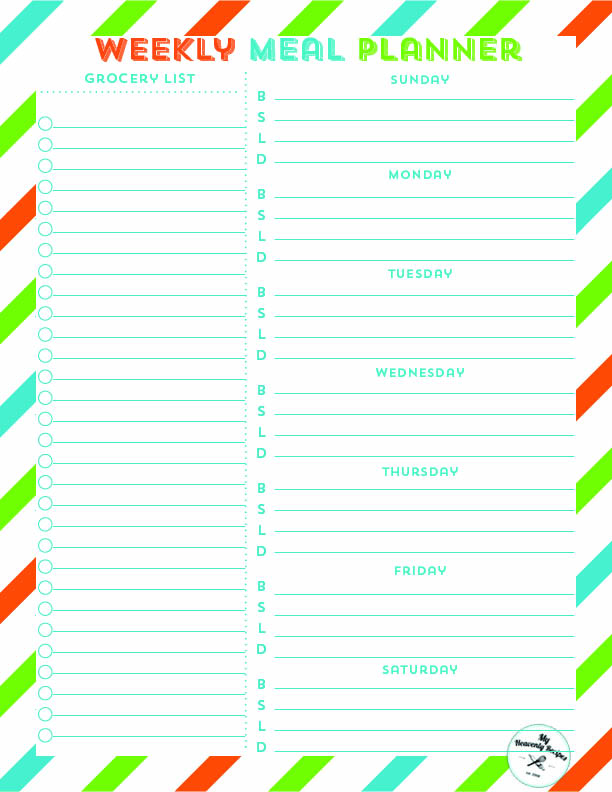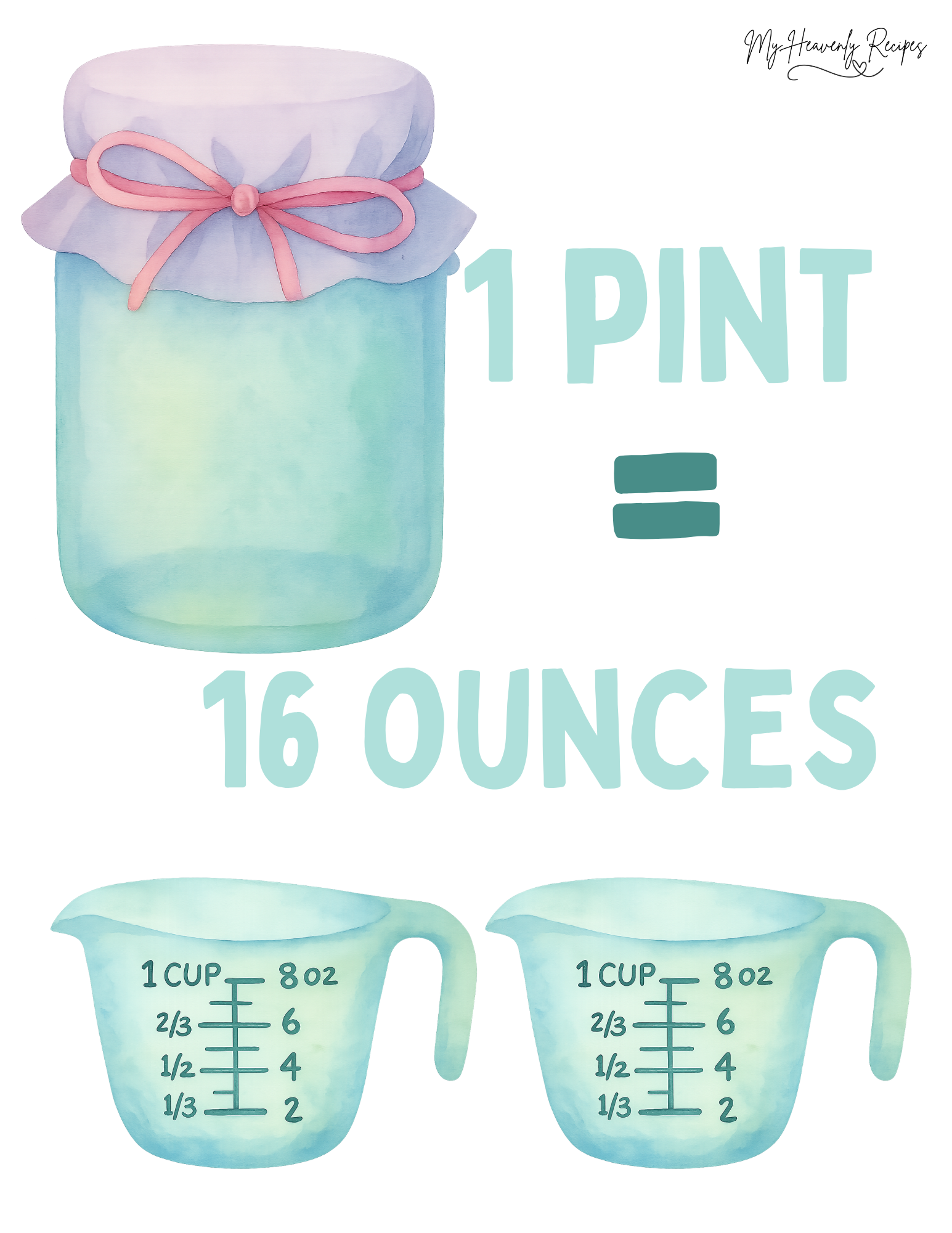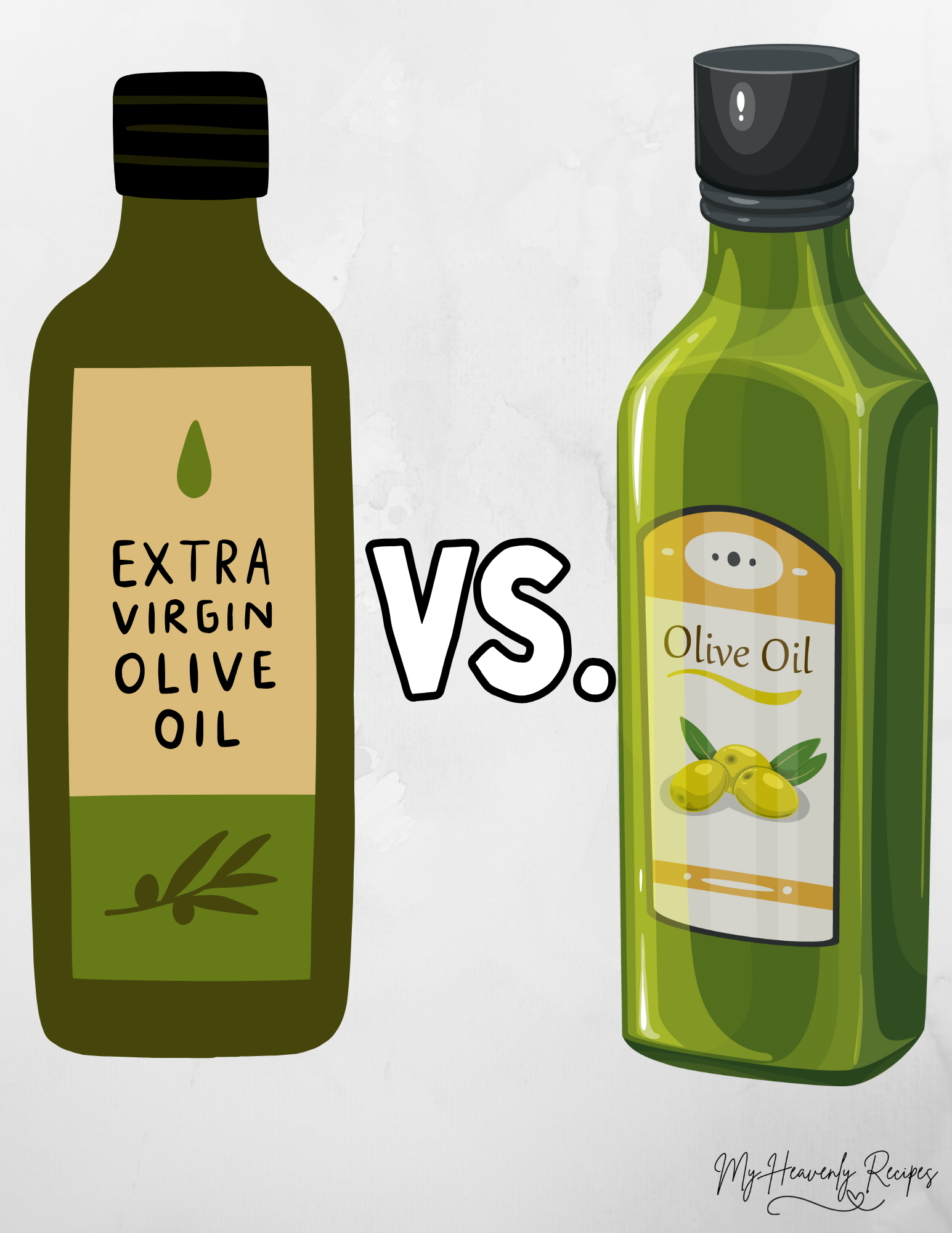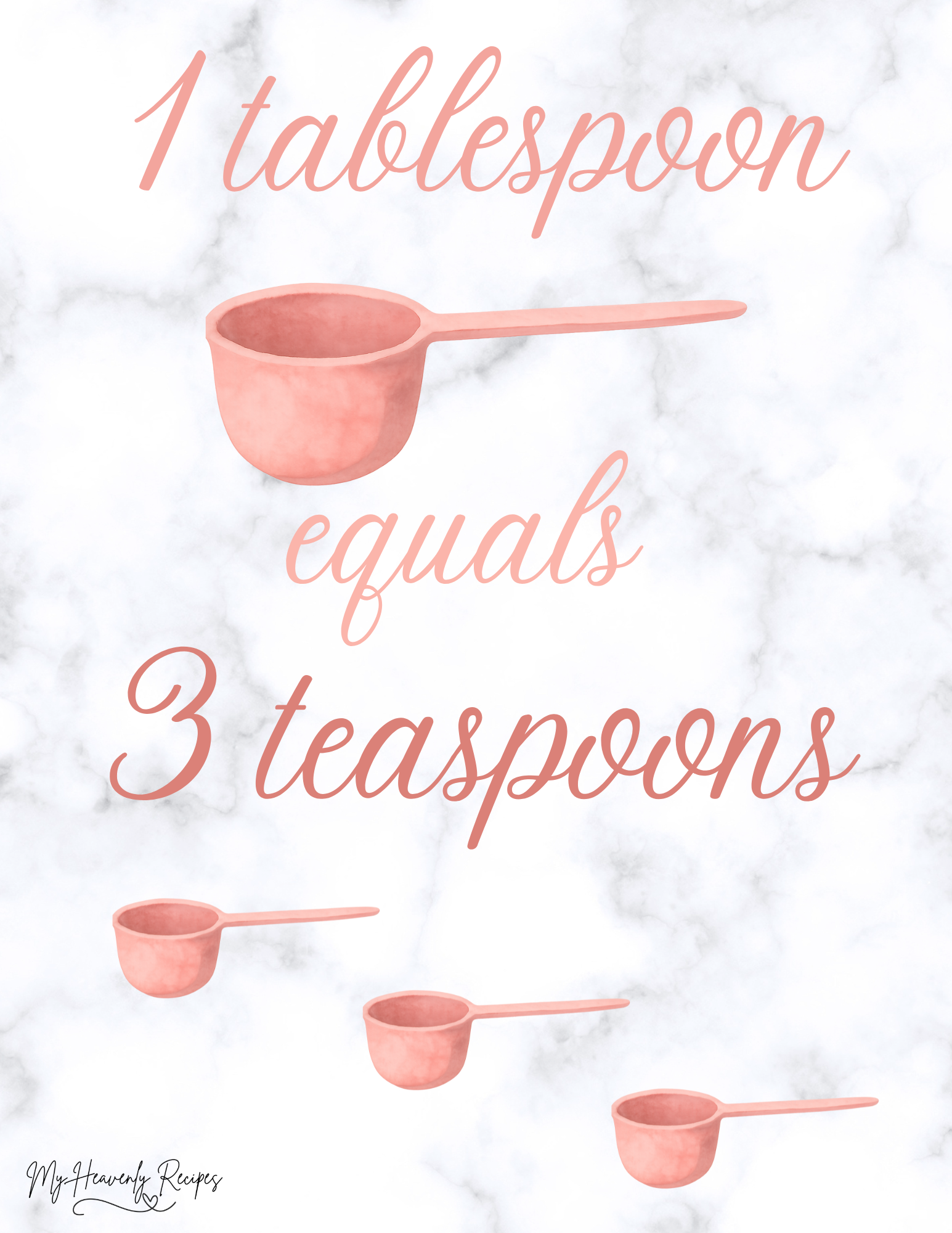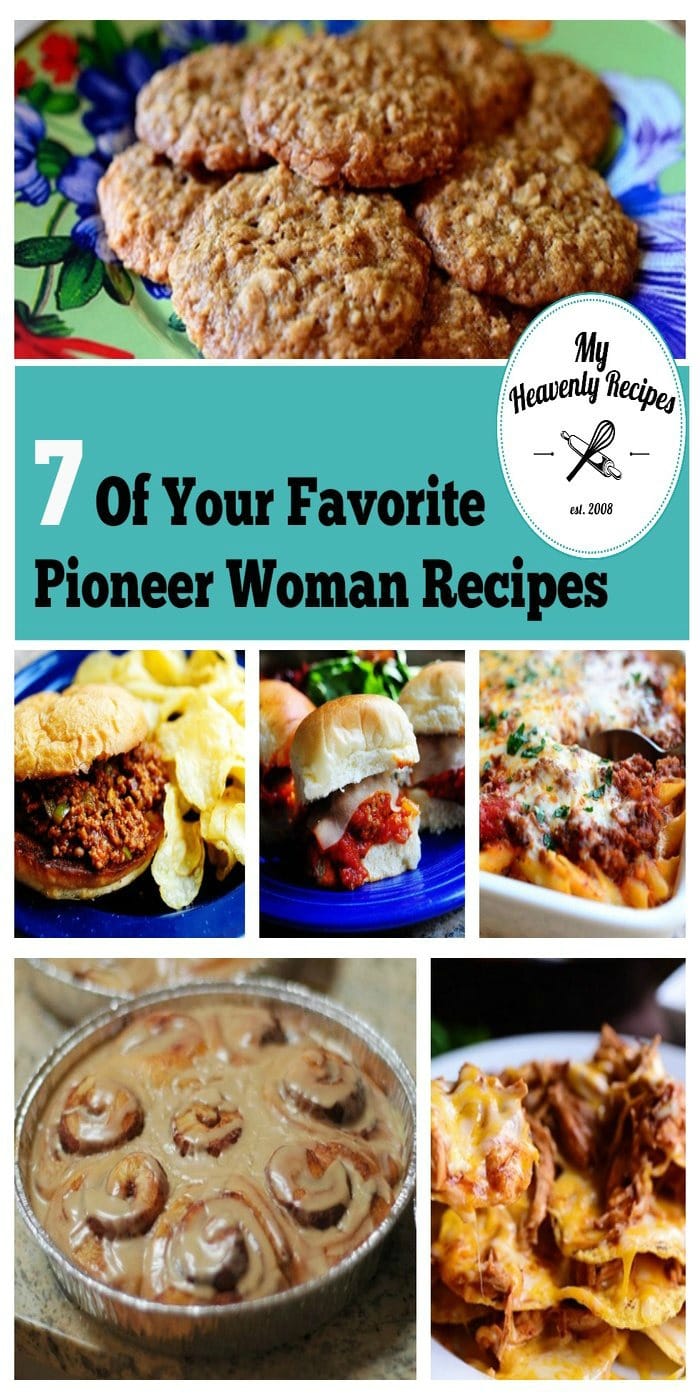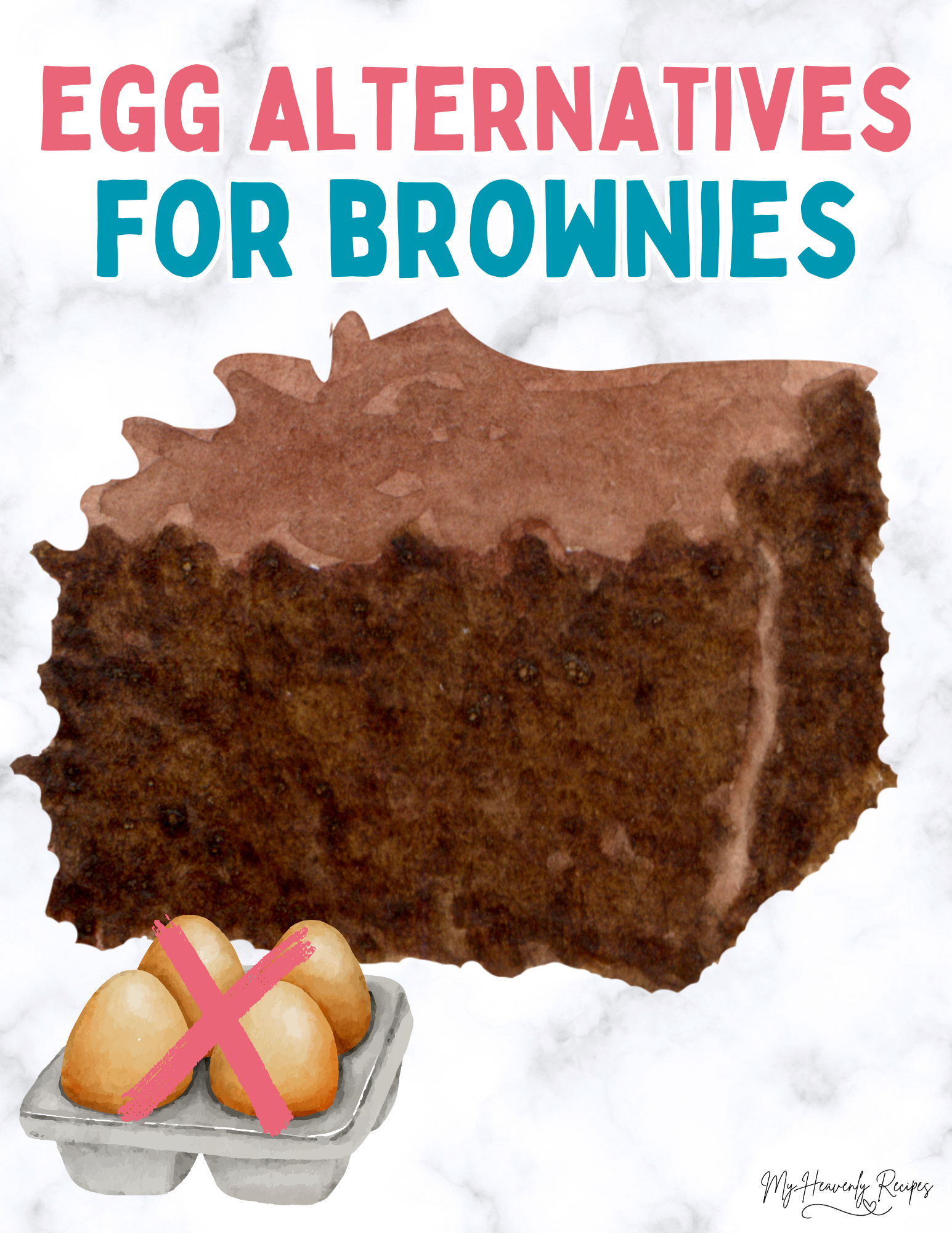All-Purpose Flour vs Bread Flour
What’s the Difference between All-Purpose Flour and Bread Flour?
If you’ve ever stood in your kitchen, a recipe in one hand and a bag of flour in the other, wondering, “Wait… do I need bread flour? Or can I just use all-purpose?”—you’re not alone. It’s one of the most common flour-related questions, and trust me, even seasoned bakers ask it from time to time.
So, whether you’re kneading your first loaf or trying to figure out why your cookies turned out a little too chewy, let’s dive into the world of all-purpose flour vs. bread flour.
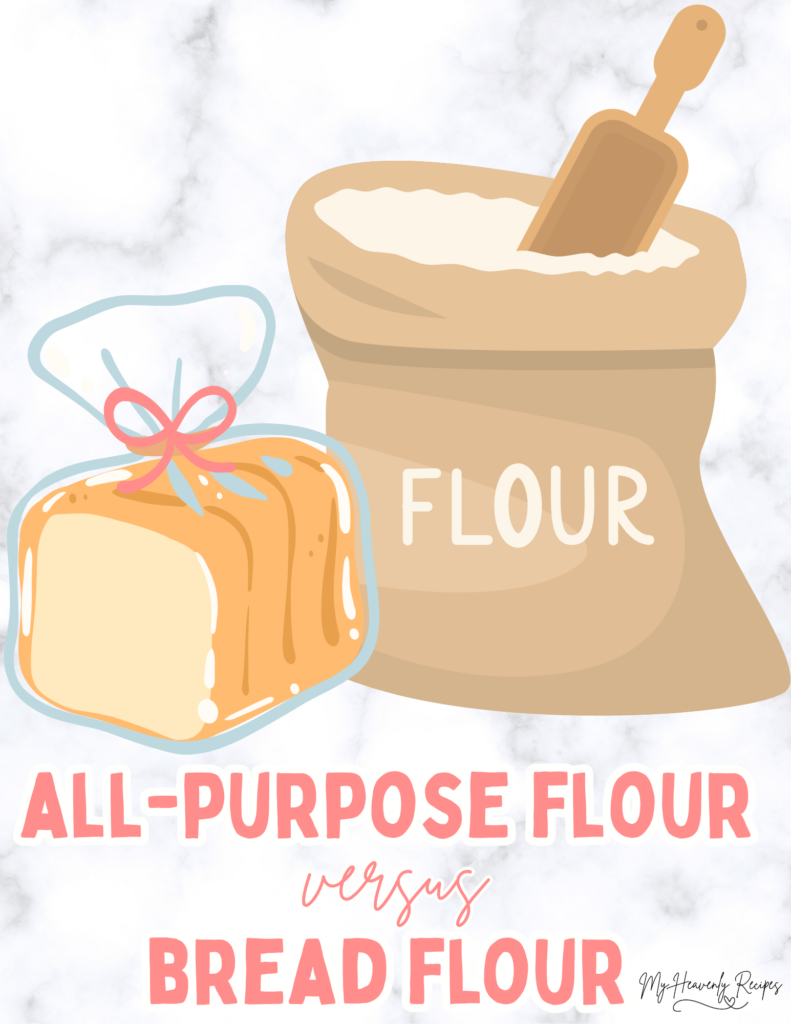
The Basics: What Is Flour, Really?
Flour is just ground-up grain—usually wheat—that forms the backbone of baking. But the type of wheat, how it’s milled, and most importantly, the protein content, all affect how flour behaves in your baked goods.
Flour Quick Comparison
| Feature | All-Purpose Flour | Bread Flour |
|---|---|---|
| Protein Content | ~10–12% | ~12–14% |
| Texture | Smooth, soft, medium-fine | Slightly more coarse |
| Gluten Strength | Moderate | High |
| Best For | Cookies, cakes, muffins, pancakes | Bread, pizza dough, pretzels, bagels |
| Rise & Chew | Tender, soft | Chewy, elastic, structured |
| Shelf Life | 6–8 months (pantry) | 6–8 months (pantry) |
| Substitutable? | Yes, with tweaks | Yes, with tweaks |
Protein & Gluten: The Secret Sauce
Okay, here’s the science-y part—but I promise to make it cute and digestible!
- Protein in flour turns into gluten when it’s mixed with water and agitated (like kneading or stirring).
- Gluten = stretchy, elastic structure that traps air. That’s what gives bread its chew and cakes their fluff.
Think of it like this:
All-purpose flour is the friendly neighbor who’s good at everything.
Bread flour is the buff gym trainer who’s all about strength and support.
So if your dough needs to rise high and hold its shape (like sourdough or bagels), you want more gluten—aka bread flour.
When to Use Which Flour
Here’s a cheat sheet for when to grab which bag from your pantry:
| Bake Type | Use All-Purpose Flour? | Use Bread Flour? |
|---|---|---|
| Chocolate Chip Cookies | ✅ Yes (classic choice) | Can be too chewy |
| Banana Bread | ✅ Yes | Too dense |
| Sandwich Bread | Okay | ✅Better texture |
| Pizza Dough | Too soft | ✅ Chewy crust, strong rise |
| Pancakes/Waffles | ✅ Yes | Nope |
| Bagels | Too soft | ✅ Required |
| Cinnamon Rolls | ✅ Fluffy & soft | Chewier version |
| Sourdough | Lacks strength | ✅ Absolutely |
FAQs:
Q: Can I substitute all-purpose flour for bread flour?
A: You can, but the texture might change. If you’re making bread and only have AP flour, it’ll still work—it just might be softer and flatter, not as chewy or lofty. Add 1–2 teaspoons of vital wheat gluten per cup of AP flour if you want to mimic bread flour more closely.
Q: What happens if I use bread flour in cookies?
A: Your cookies will likely be chewier and more structured, maybe even a little “bread-y.” Some people love this! If you’re after a super soft or crumbly cookie, stick to all-purpose. But for chewy cookie fans? Try it once—you might be converted.
Q: Is bread flour healthier than all-purpose flour?
A: Not really. Both are made from refined wheat unless labeled “whole wheat.” Bread flour might have a touch more protein, but it’s not a huge nutritional difference. If you’re looking for health benefits, try whole wheat or sprouted flours.
Q: What about high-protein all-purpose flour? Is it the same as bread flour?
A: Some all-purpose flours (like King Arthur’s) are on the higher protein end (~11.7%), which makes them a nice middle ground. They can perform kind of like bread flour in many recipes. But true bread flour will always give more chew and rise in breads.
Q: How should I store flour?
A: Keep both types in an airtight container in a cool, dry place. If you don’t bake often, stash it in the freezer to extend shelf life. Flour does go stale, and no one wants that weird “off” flavor in their muffins.
Can You See the Difference?
Yup! Here’s a visual analogy:
| Texture Test | All-Purpose Flour | Bread Flour |
|---|---|---|
| Pinch between fingers | Soft, clumps slightly | Slightly gritty, denser feel |
| Mixed into water | Medium elasticity | Strong stretch & pull |
| Finished bread texture | Softer, smaller holes | Chewy, big air bubbles |
Which One Should You Use?
If you’re just starting out, all-purpose flour is a great all-around choice. It’s like the best friend who brings wine, listens to your rants, and helps clean up after.
But if you’re baking yeast breads, pizza crusts, or anything that needs structure and chew, give bread flour a try. It’ll level up your loaves like magic.
I also wrote a post about comparing all-purpose flour vs cake flour, too!

